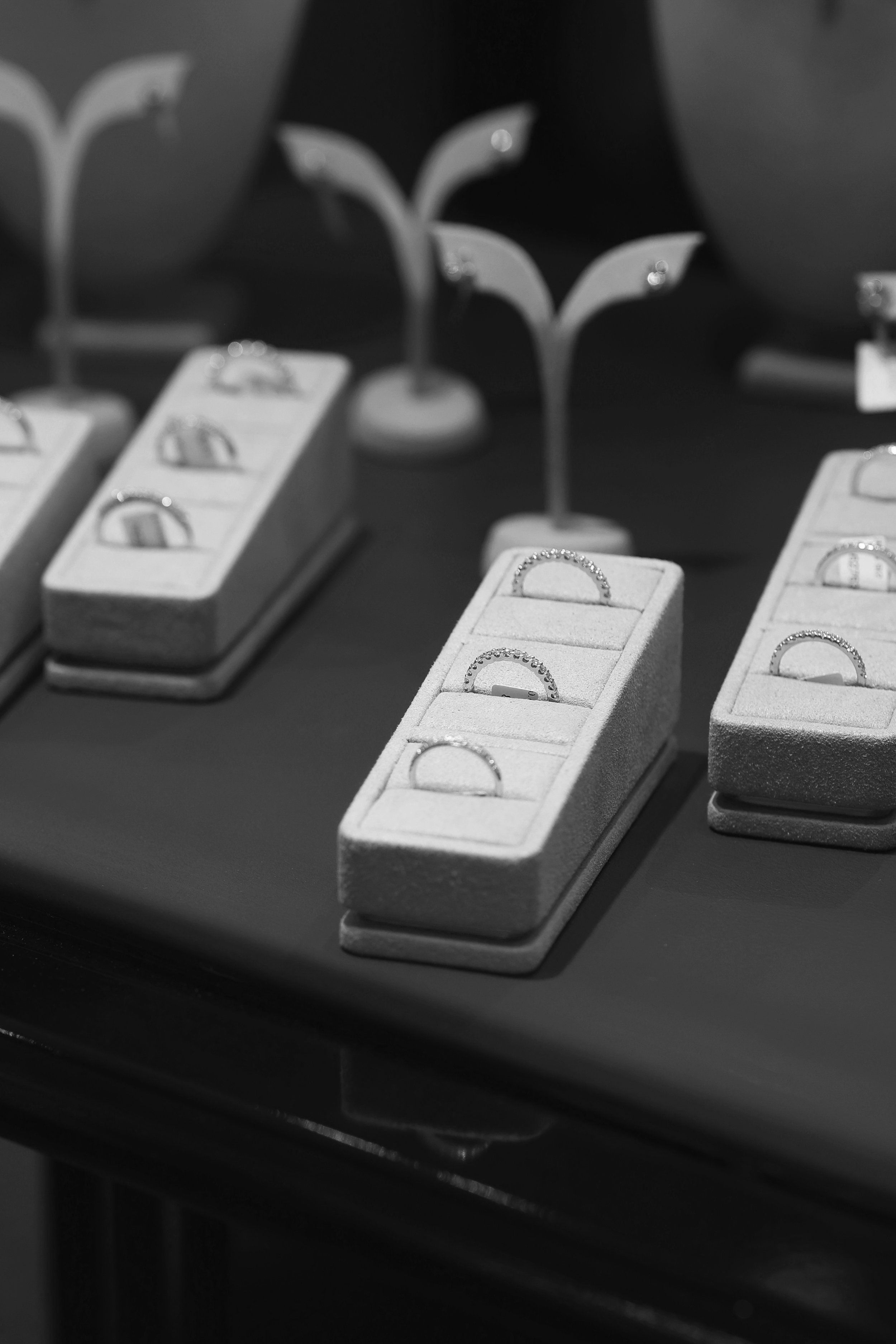
Laboratory Diamonds or Natural Diamonds
At PGJ, we take pride in offering a diverse collection of lab-grown and natural diamonds. We invite you to come and explore our stunning range at our store. Alternatively, if you have a unique design, we can work together to create a bespoke piece using these ethically sourced diamonds.
More information on Lab-grown diamonds
Lab diamonds, also known as man-made diamonds, are created in a laboratory setting using advanced technological processes that simulate the conditions required for natural diamond formation. These lab-grown diamonds possess the same physical, chemical, and optical properties as natural diamonds, but are typically less expensive and more environmentally friendly. Lab diamonds are becoming increasingly popular in the jewellery industry, offering a more ethical and sustainable alternative to traditional diamond mining. They are also a great option for those who want a high-quality diamond at a more affordable price point.
Formation: Earth-mined diamonds are formed deep within the Earth's mantle over billions of years, while lab-grown diamonds are created in controlled environments using advanced technology that replicates the natural diamond-forming process.
Timeline: Natural diamonds take billions of years to form, while lab-grown diamonds can be produced in a matter of weeks.
Appearance: Visually, lab-grown and earth-mined diamonds are indistinguishable. They share the same chemical composition and optical properties, making them identical to the naked eye.
Origin: Earth-mined diamonds are extracted from mines, often associated with environmental disruption and ethical concerns, while lab-grown diamonds offer a sustainable and eco-friendly alternative.
Differences
Reasons why people choose lab-grown diamonds
1. Ethical concerns: Mined diamonds are often associated with unethical practices, such as forced labour, conflict mining, and environmental damage. Lab-grown diamonds, on the other hand, are created in a controlled environment, without any of these negative impacts.
2. Cost: Lab-grown diamonds are often less expensive than mined diamonds, making them an attractive option for those on a budget.
3. Quality: Lab-grown diamonds are just as high-quality as mined diamonds, with the same chemical and physical properties. Some experts argue that lab-grown diamonds are even better than mined diamonds because they are created in a controlled environment, which eliminates the natural flaws and imperfections found in mined diamonds.
4. Sustainability: Mined diamonds require a significant amount of energy and resources to extract, whereas lab-grown diamonds have a much smaller environmental footprint.
Overall, lab-grown diamonds are a great option for those who want a beautiful, high-quality diamond without the ethical concerns or high cost associated with mined diamonds.
How they are grown
There are two ways to make lab-grown diamonds: Chemical Vapor Deposition (CVD) and High-Pressure High Temperature (HPHT).
In the CVD method, scientists place a diamond seed in a vacuum chamber and heat it to a high temperature. Then, they add a mixture of gases, including hydrogen and methane, to the chamber. The gases break down, and the carbon atoms in the methane bond to the diamond seed, creating layers of the diamond crystal.
In the HPHT method, a diamond seed is placed in a pressure chamber with carbon and other elements at high pressure and temperature. The pressure and temperature cause the carbon to bond to the diamond seed and create layers of the diamond crystal.
Both methods create diamonds that have the same chemical, physical, and optical properties as mined diamonds. They can be certified by gemological institutes. You will receive a certification with your lab diamond.

